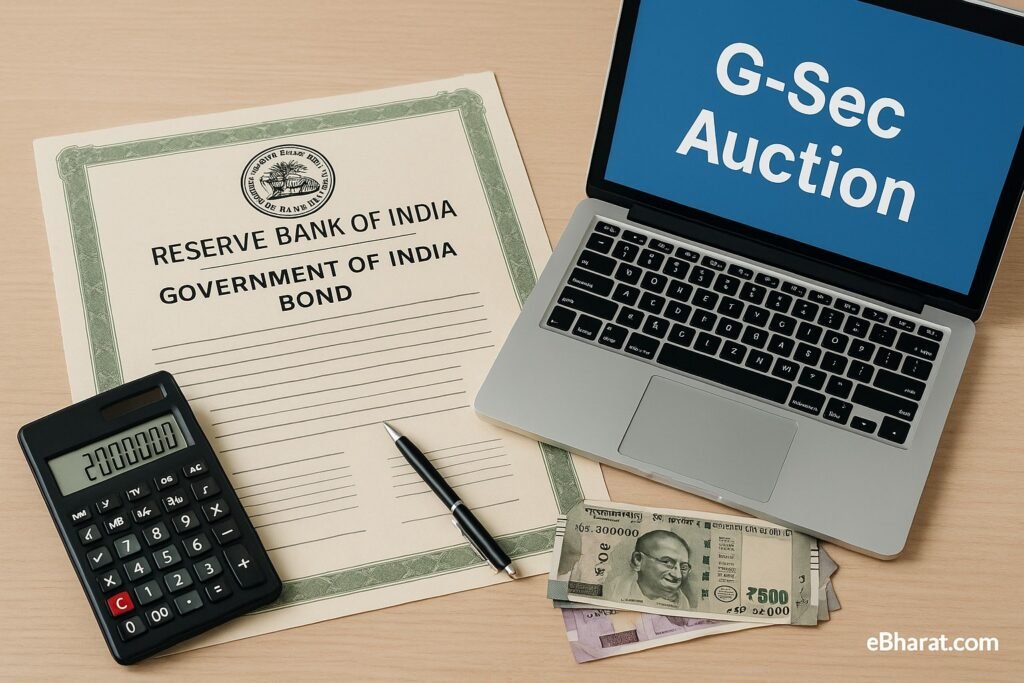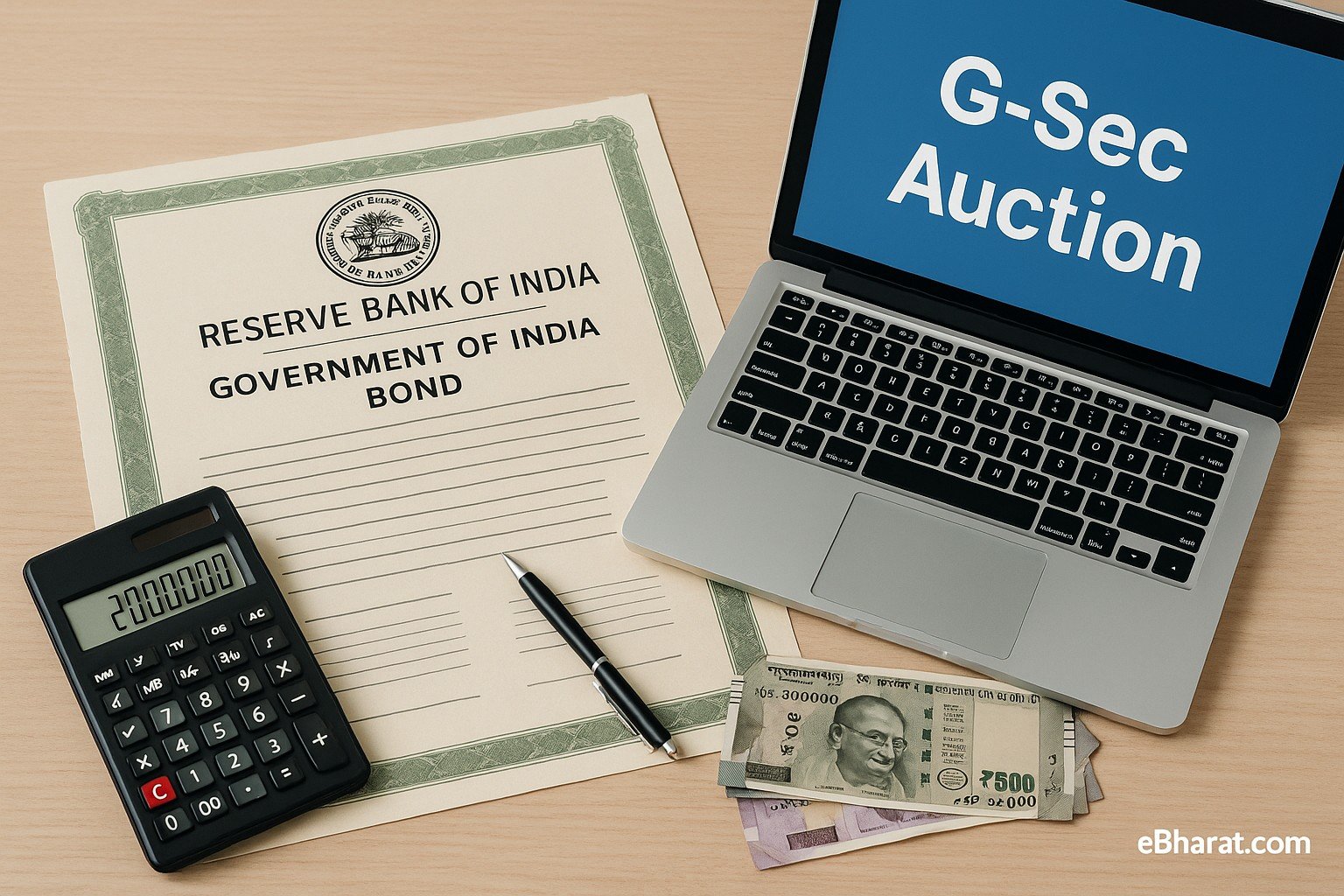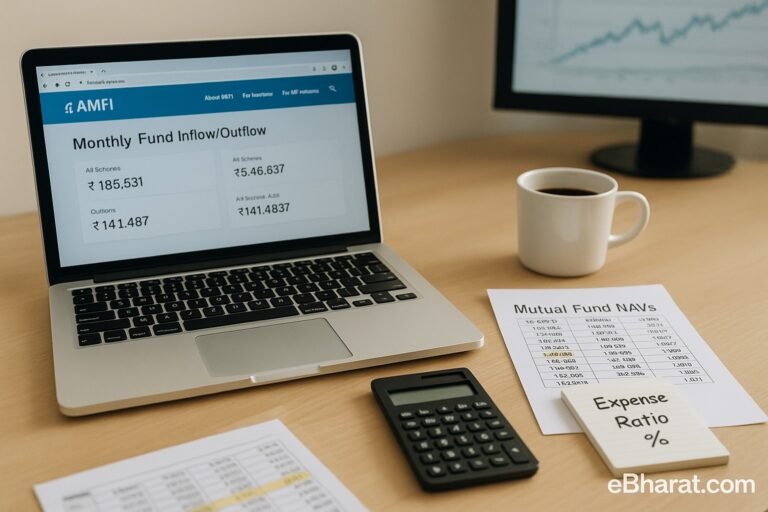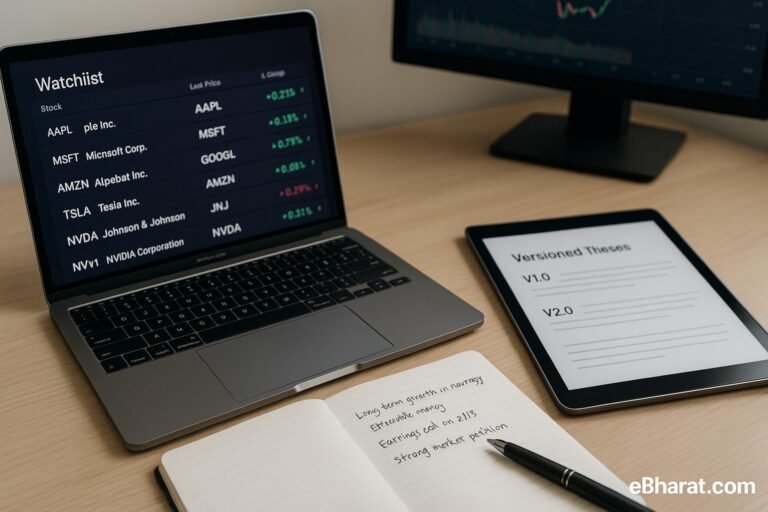
Government Securities, or G-Secs, are debt instruments issued by the Government of India or state governments to borrow money. They are often called the safest investment option since they carry a sovereign guarantee.
But while G-Secs are low-risk, they are not risk-free. Let’s understand the basics and the risks before investing.
What Are G-Secs?
- Issued by: Central Govt (T-Bills, Bonds) or State Govts (SDLs).
- Denomination: Usually ₹10,000 or multiples.
- Tenure: From 91 days (T-Bills) to 40 years (Bonds).
- Interest: Paid semi-annually (fixed coupon).
- Where to Buy: RBI Retail Direct, NSE/BSE, or via brokers.
Types of G-Secs
| Type | Tenure | Best For |
|---|---|---|
| T-Bills | 91 to 364 days | Short-term parking of funds |
| Dated Securities | 5 to 40 years | Long-term income seekers |
| State Development Loans (SDLs) | 5 to 20 years | Investors wanting state-backed bonds |
| Inflation-Indexed Bonds | Varies | Hedge against inflation |
Benefits of Investing in G-Secs
- Sovereign guarantee (virtually no default risk).
- Fixed semi-annual interest payments.
- Easy access via RBI Retail Direct (no broker needed).
- Eligible for loan collateral with banks/NBFCs.
Risks of G-Secs
- Interest Rate Risk: Bond prices fall when yields rise.
- Liquidity Risk: Some long-term G-Secs trade thinly on exchanges.
- Inflation Risk: Fixed coupon may lose value if inflation spikes.
- Opportunity Cost: Lower returns compared to equity or risky debt.
Who Should Invest?
- Retirees seeking steady income.
- Conservative investors preferring safety over high returns.
- HNIs and institutions balancing portfolios with debt exposure.
Start Investing in G-Secs
Buy Government Securities safely via RBI Retail Direct or invest through brokers like Zerodha. Track yields and risks using eBharat Tools.













